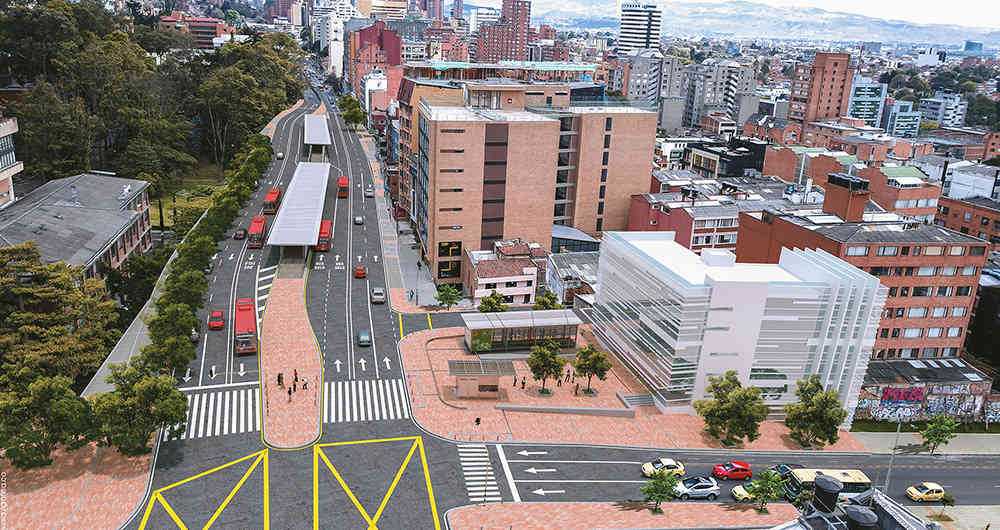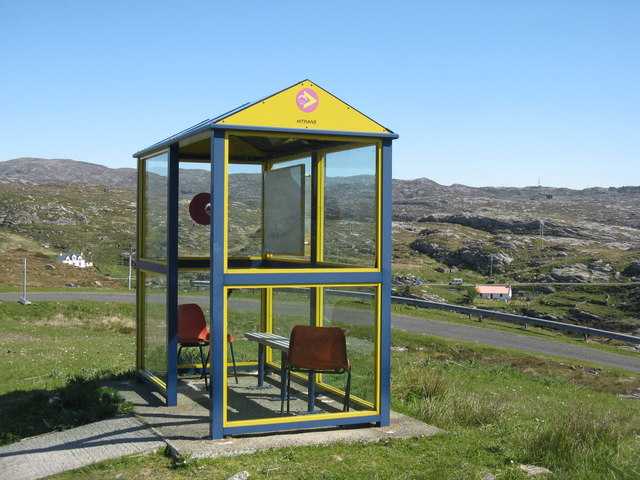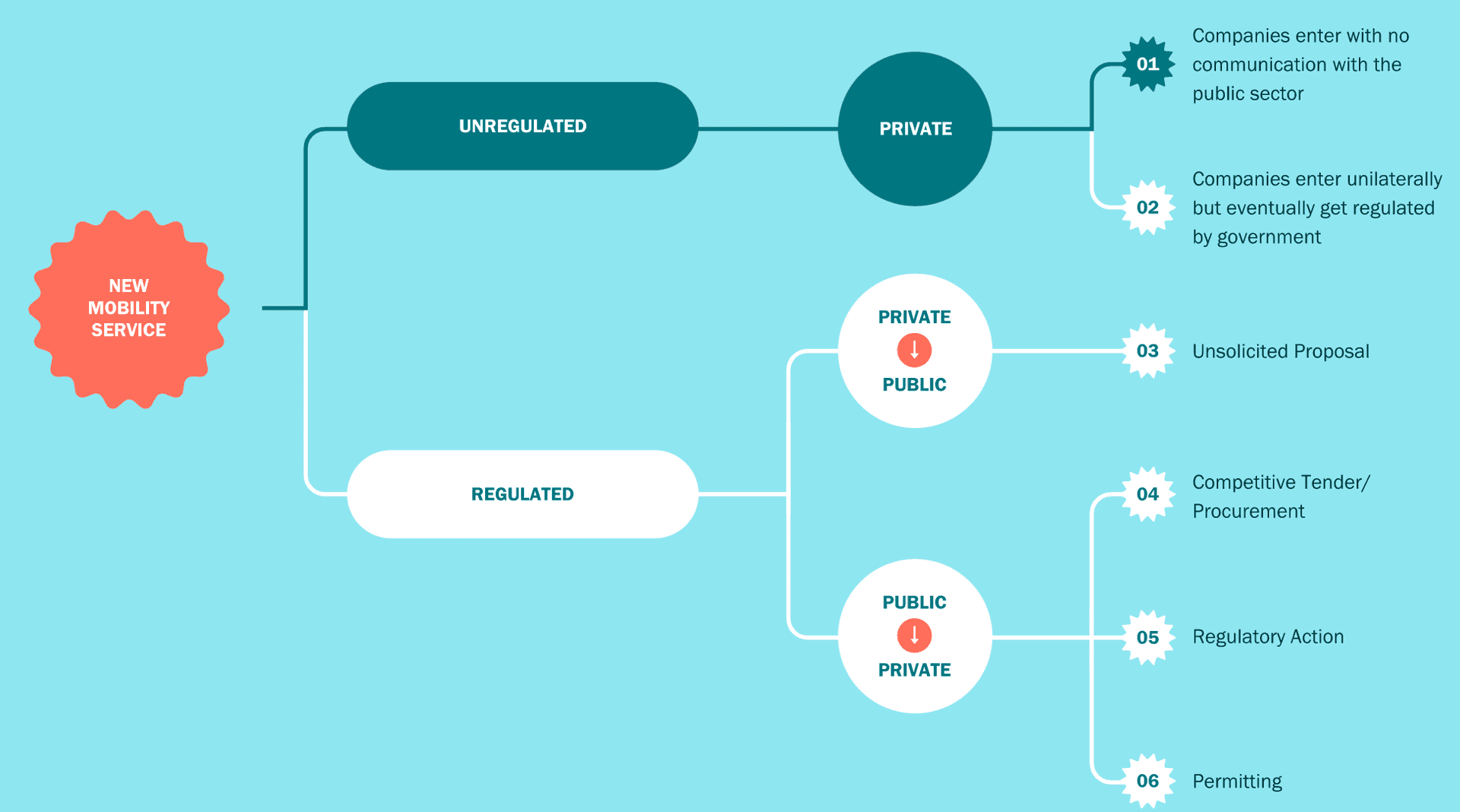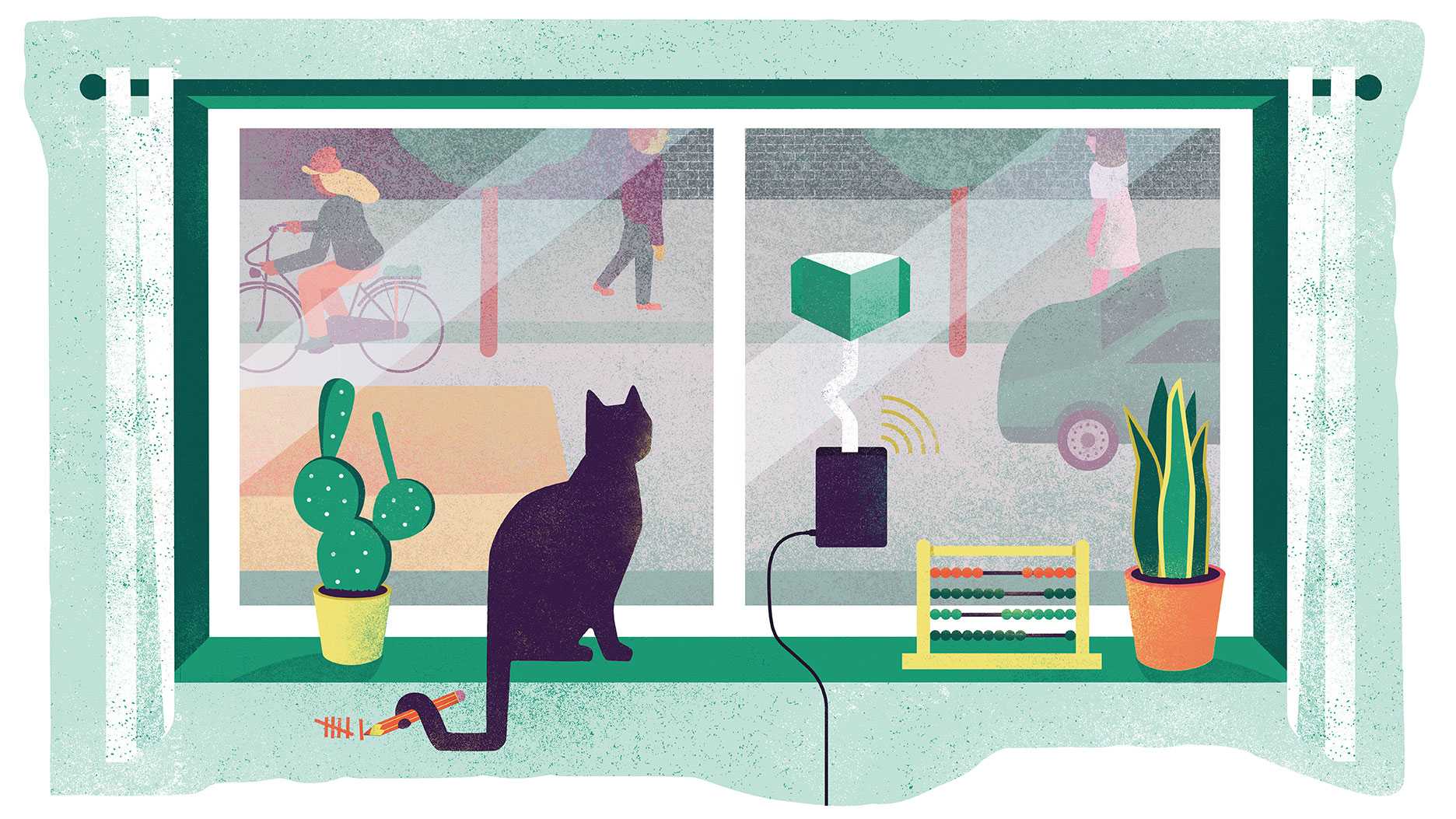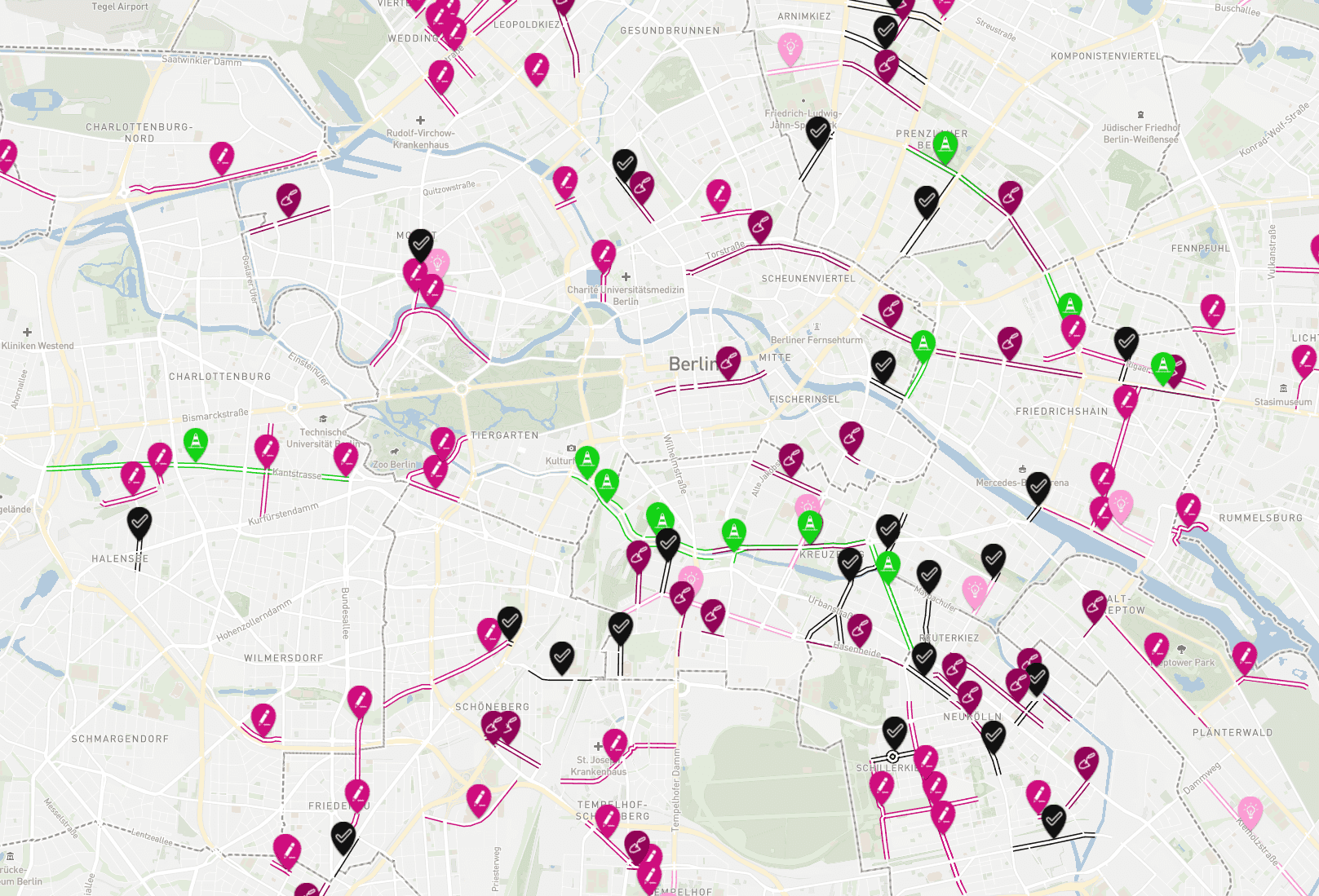
Participatory planning
From data arms race to AI mediation.
How likely? How soon? What impact?
The rise of the internet in the 1990s fueled hopes about a new wave of even wider participation in city planning. Technology could lower barriers and empower more and diverse voices. Better, fairer decisions would result. The reality of online planning, however, has fallen short of these dreams.
That looks ready to change over the next decade as the promise for technology-enabled participatory planning matures. Digital literacy is more widespread, and geospatial technology and data are more powerful and ubiquitous. Citizens will play a greater role in creating and curating data that informs planning processes. This has the potential to cultivate greater trust in the decisions that result. Cities will expand current efforts to co-design digital services to procurement and ongoing management as well. These collaborations mean designers and policymakers will be better equipped to identify and mitigate the risks of new technologies, which disproportionately fall on marginalized groups.
Resilient corridors will be living labs for new infrastructure and land uses. But they'll also be places where we experiment with new forms of planning, consensus-building, and collective decision-making.
Signals
Signals are evidence of possible futures found in the world today—technologies, products, services, and behaviors that we expect are already here but could become more widespread tomorrow.




..png)

